Our FruitShare program does not have the capacity to harvest walnuts at this time!
Because walnuts must be harvested several times and the time-intensive nature of processing them, we are unable to provide harvest services for walnuts at this time.
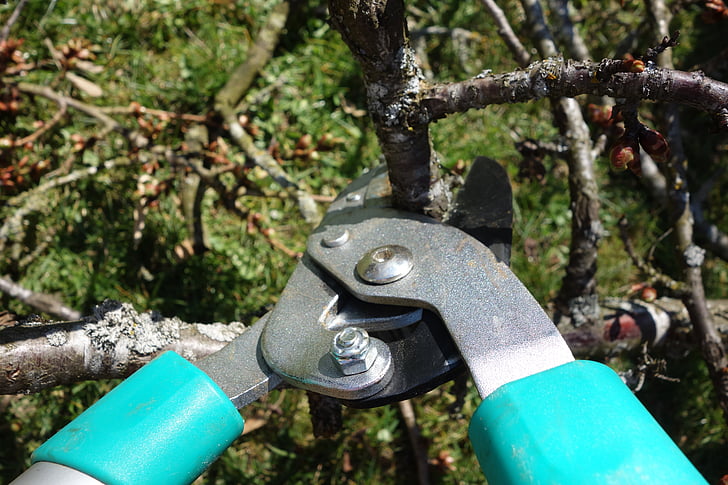
Mature nut trees need only dead and damaged materials removed through pruning each year. We offer pruning services for other fruit trees including apple, plum, cherry, and more.
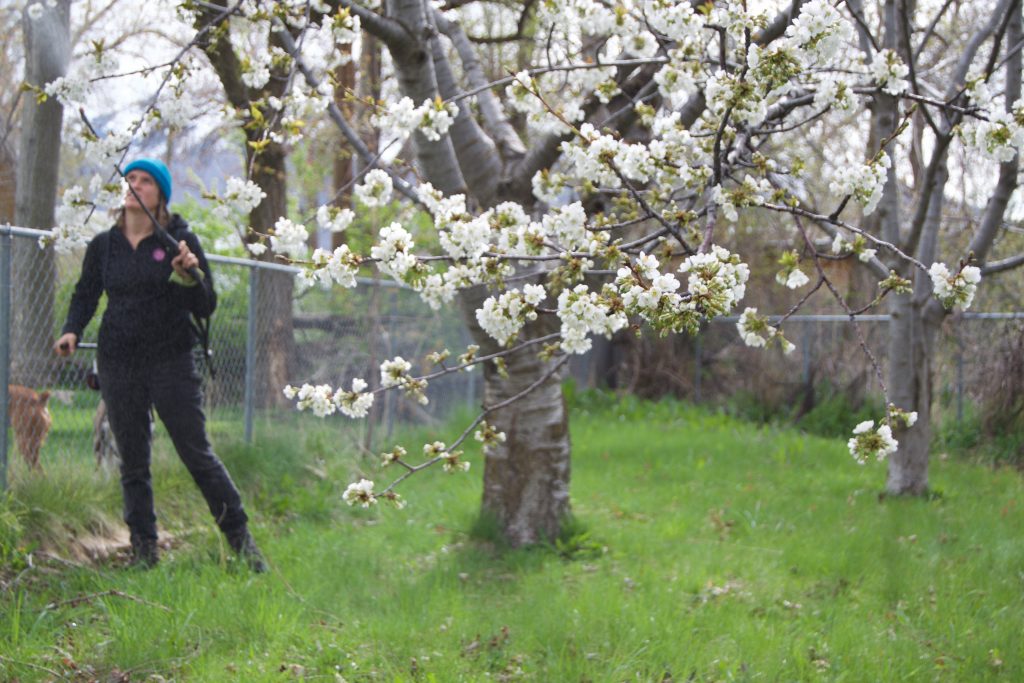
Fertilize yearly in the early spring. We offer compost tea fertilizing for fruit trees and gardens. Compost tea has many benefits, some of which are improved plant growth and increased nutrient retention.
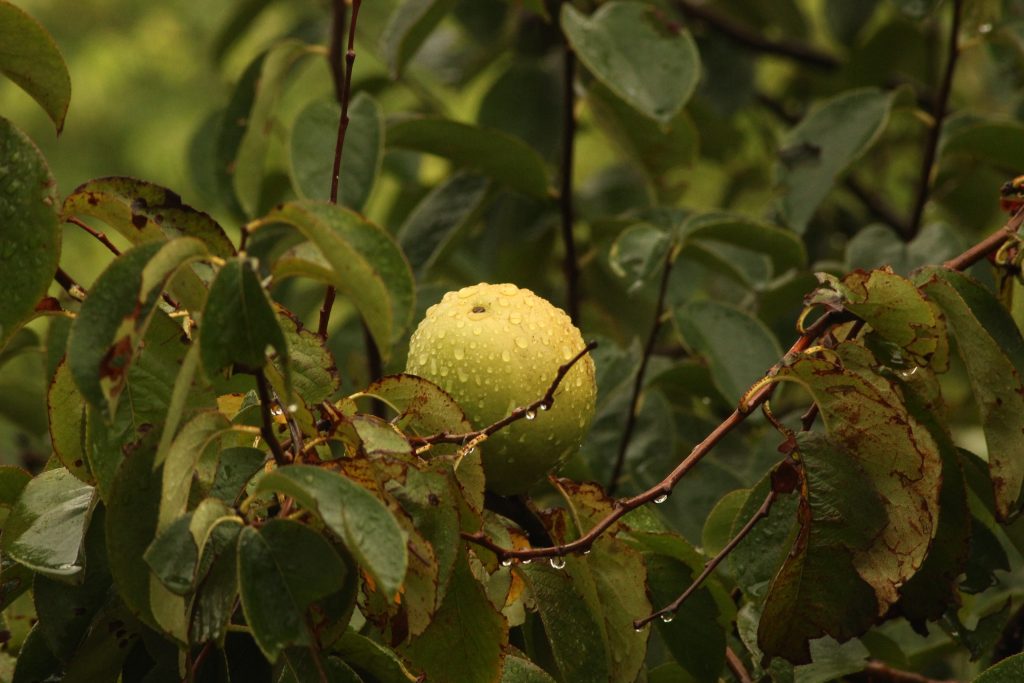
Young trees need extra water to grow, while all fruit and nut trees need additional water during periods of hot, dry weather. Thoroughly soak the soil around your fruit trees every other week. Mulching around the base of your tree can help retain soil moisture as well.
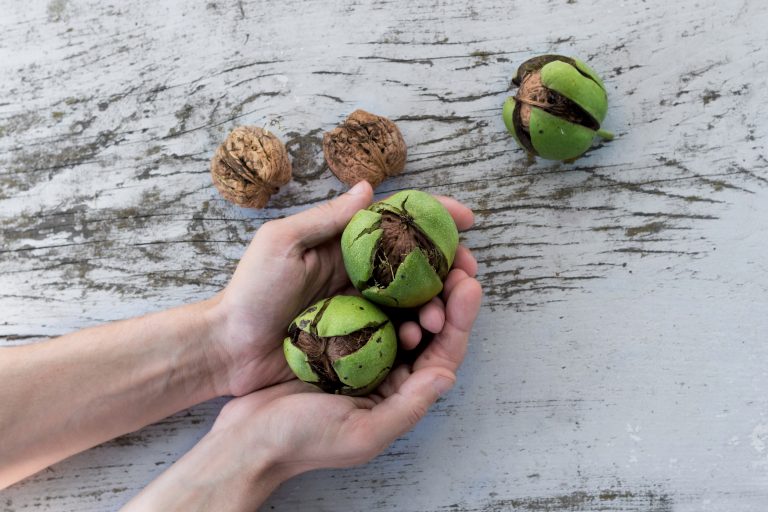
When walnuts are ready, the husks surrounding them will begin to dry and crack and the walnut will fall to the ground. It is important to collect them regularly as they fall, as the nut quality will degrade quickly once on the ground. You can also gently shake the tree’s branches to cause walnuts to fall.
Walnuts are ready to harvest when…
Because walnuts must be harvested several times and the time-intensive nature of processing them, we are unable to provide harvest services for walnuts at this time.
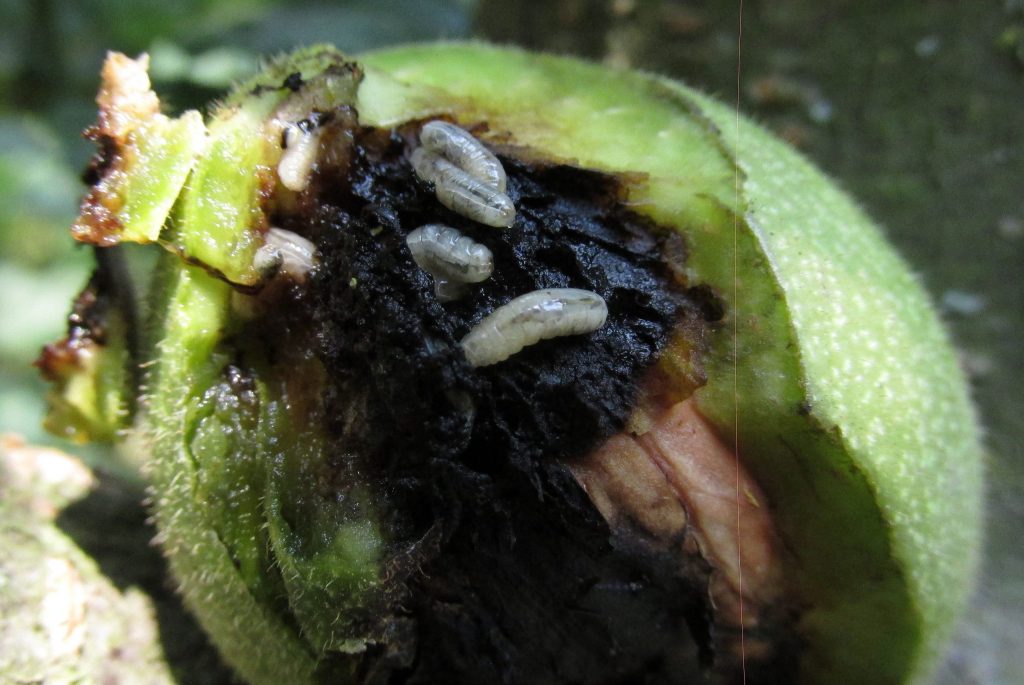
The major pest which impacts walnuts is the walnut husk fly. Female husk flies lay their eggs under the surface of the husk. The larvae feeds on the husk, causing it to soften and decay, as well as stain the shell and make the husk more difficult to remove. You can find out more information about the walnut husk fly here.
The walnut husk fly can also damage peach, plum, pear, and apricot trees that are near the infested walnut tree, so it is important to treat for this pest if you have other fruit trees.
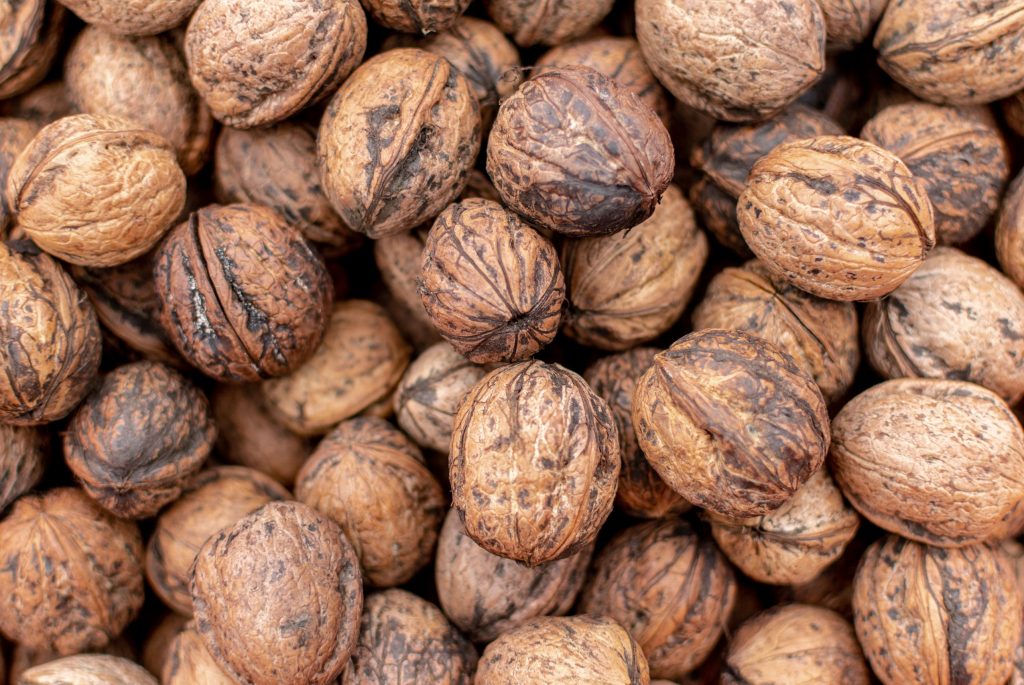
There are two main types of walnuts grown in Utah—English walnuts and black walnuts. The roots of walnut trees produce a toxic compound called juglone, which can kill certain nearby plants.
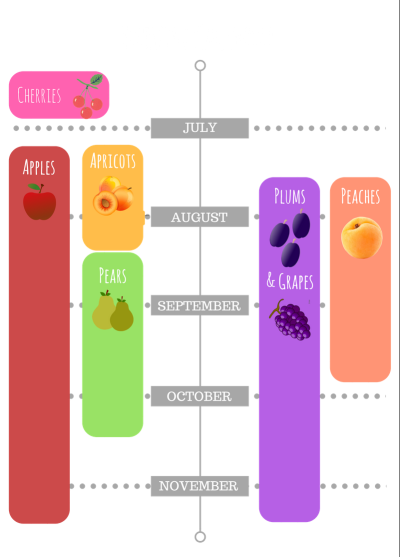
We love our volunteers and would love to have you join us! There are many ways you can volunteer–from picking fruit to helping in a garden to sitting on a committee.
Sign up for updates about volunteering and events
Phone: (801) 318-1745
Mailing address:
PO Box 651098
South Salt Lake City, UT 84165
Farm address:
3188 S 1100 W
Salt Lake City, UT 84119